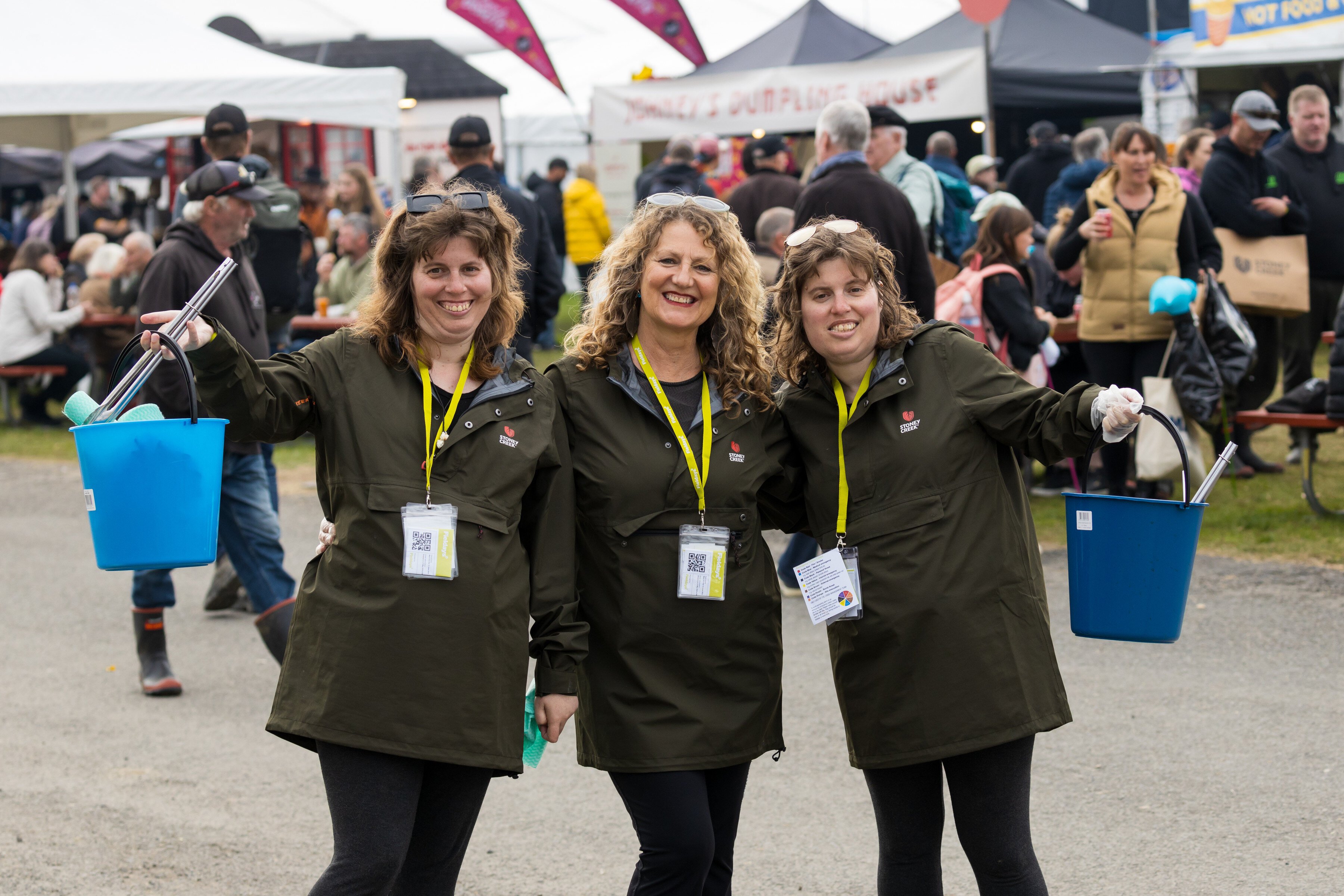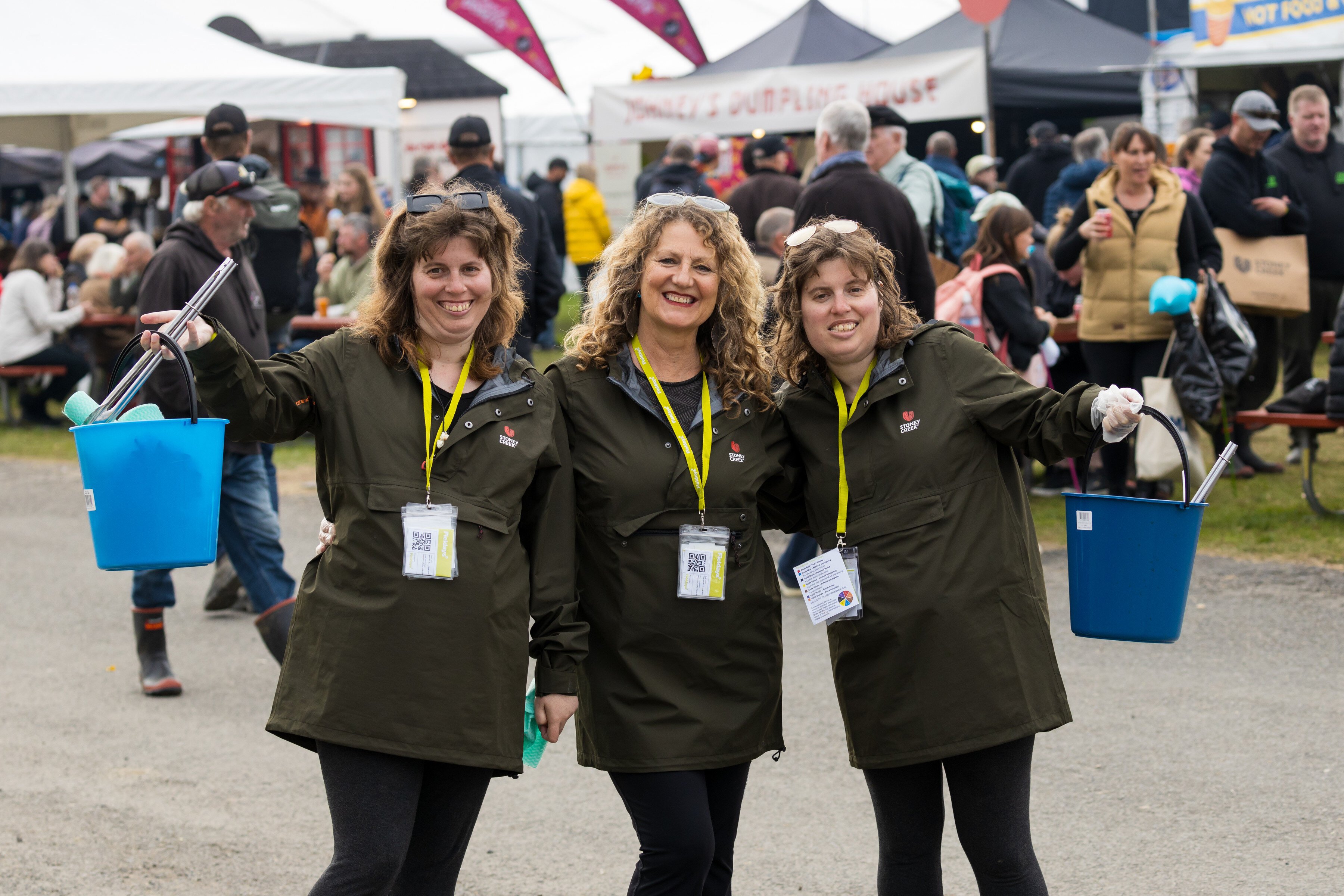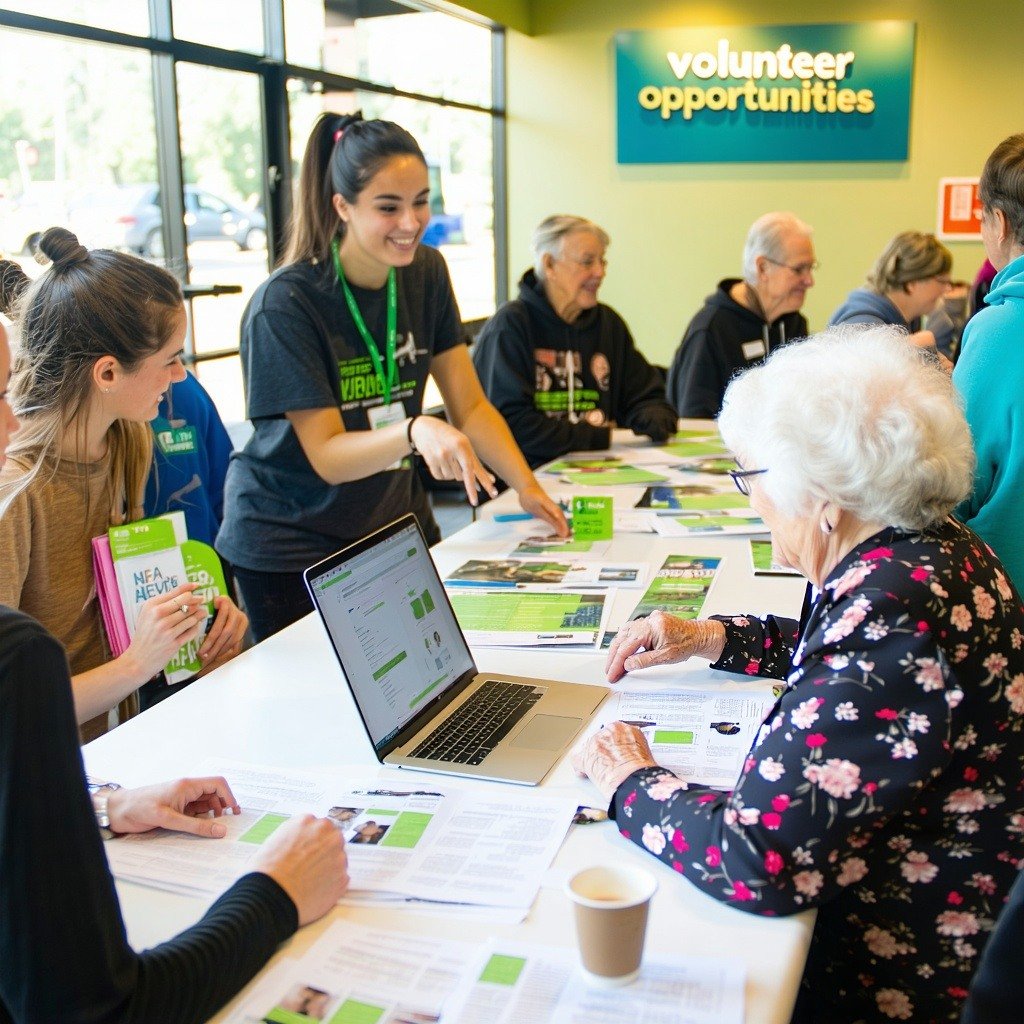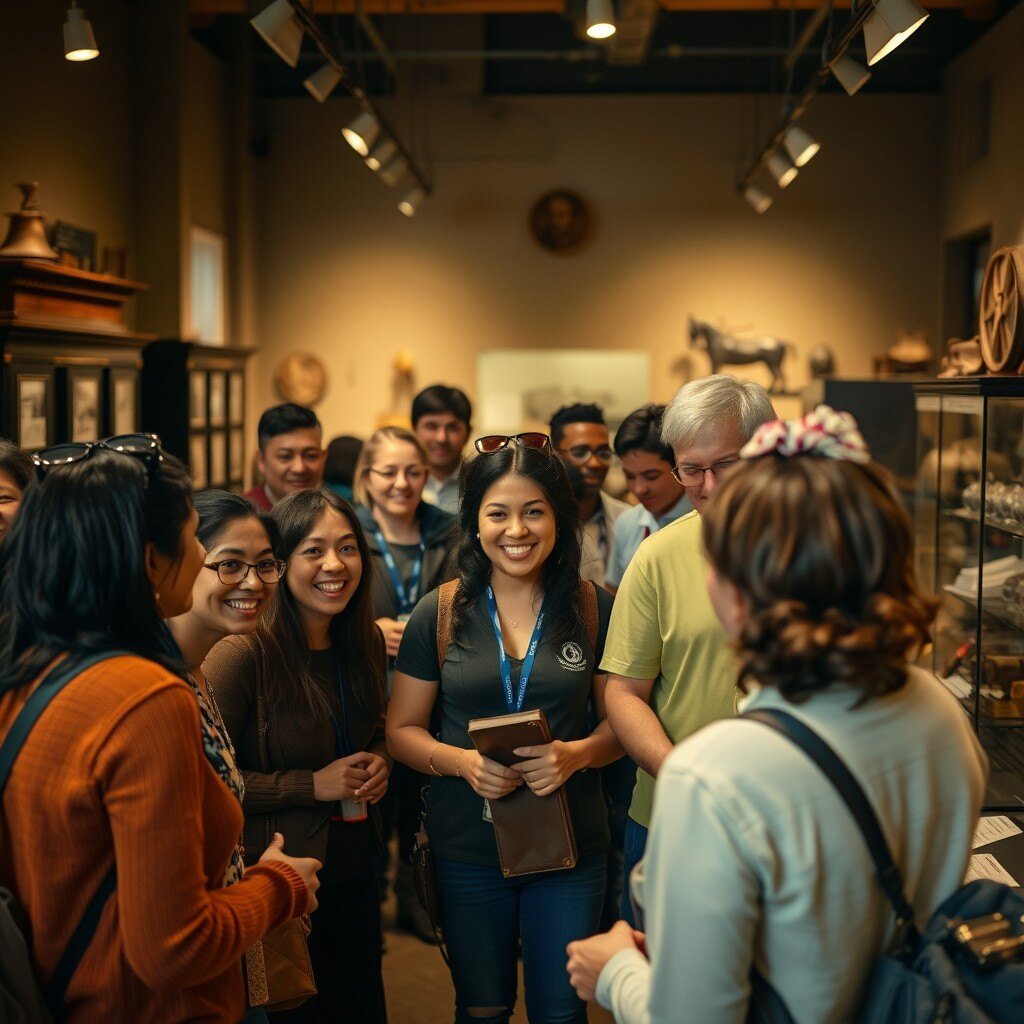Enhancing Volunteer Recruitment Efficiency with Volunteer Impact
Recruiting volunteers is a challenging yet essential task for any volunteer-involving organization. As a volunteer manager, you understand the...
2 min read
 Margaret McLachlan - Communications Manager, Volunteering New Zealand
May 21, 2025 9:00:00 AM
Margaret McLachlan - Communications Manager, Volunteering New Zealand
May 21, 2025 9:00:00 AM

In June 2023, Volunteering New Zealand launched the Volunteer Best Practice Guidelines. Since then, they’ve developed workshops and tools to support their implementation and are already hearing from organisations seeing improvements in their volunteer programmes.
The Best Practice Guidelines are structured around a volunteer life cycle – from the day a volunteer hears about your organisation, to the day they leave. They cover seven key practice areas and are framed as guidance on what you could do, not what you should do.
Since their release on the Volunteering New Zealand website, the guidelines have been accessed over 15,000 times. VNZ has hosted online and in-person workshops to introduce the guidelines.
VNZ Volunteer Management Lead Heidi Quinn says, “Volunteer managers love to share their current practice and reflect on where they could make changes. The guidelines give them a framework to embed best practice in their organisations.”
VNZ also redeveloped its online tool, LeadMe, to support gap analysis based on the Guidelines.
“Volunteer managers can answer the questions in LeadMe, reflect on current practices and identify next steps. This can be the basis of developing or improving a volunteer management programme,” Heidi says.
Here are some examples of organisations already implementing the guidelines.
Volunteer services at Health New Zealand Te Whatu Ora Waikato have set goals for training, recruitment, and recognition, based on best practice.
“When you’re a volunteer service within a professional organisation, the Volunteer Best Practice Guidelines provide a strong foundation to reference best practice,” says Chris Atkinson, volunteer advisor at Health New Zealand Te Whatu Ora Waikato.
She says their volunteer service is “achieving a lot with limited resources” – setting achievable goals for their service which had to restart after COVID-19 disruptions brought it to a standstill.
“For 18 months, we had no volunteer recruitment, so that’s a huge gap to fill. But there is great opportunity, especially with new volunteers being more techie.”
The service has introduced new online training modules for volunteers, and qualifications are documented in volunteer records.
Best practice includes good communication with new volunteer recruits about what screening is required, how long it might take, and why it’s needed for certain roles. Volunteer needs are central, such as online training, as it’s quicker and more accessible, and making volunteers feel connected, even within a large, hierarchical organisation.
“It [the Volunteer Guidelines] helps clinical staff to understand the volunteer service isn’t some kind of amateur hour; we too have professional guidelines.”

Nikki Cameron and Alex Millar have a great time as part of the 2024 Fieldays volunteer event team.
Volunteers at the annual Fieldays event now benefit from a more structured and engaging experience, after new processes were introduced in recent years.
Beth Jobin, People and Culture Executive at the New Zealand National Fieldays Society, says when she stepped into her role two years ago, the recruitment and onboarding process of volunteers was a matter of “filling in a form, attend a pre-event briefing, then turn up for the event”.
“We needed to understand and implement better ways of attracting, recruiting and onboarding volunteers.”
Improvements included an on-site orientation session where new volunteers are informed about the background to the NZ National Fieldays Society, the Fieldays event, their role in helping deliver it, and a site tour. At a pre-event briefing, they meet other volunteers, receive a goody bag, and are provided with a uniform to use for the duration of the Fieldays event.
Recognition and reward are important practices for the Society and supports the retention of volunteers. The Society issues digital badges to recognise milestones and other service and extends an invite to an annual awards event.
“Volunteers have a massive impact; we would not be able to run our event without them. We value them greatly and work hard to acknowledge their contribution and effort. Our volunteers love being part of such an iconic, global event.”

Briar, Judith and Hazel Elliot volunteer every year at Fieldays.
The Volunteer Best Practice Guidelines are proving to be a great resource for the community sector. Through workshops, tools and online resources, Volunteering New Zealand is ensuring they’re accessible and easy to implement.
Featured Posts

Recruiting volunteers is a challenging yet essential task for any volunteer-involving organization. As a volunteer manager, you understand the...

In a world where technology is intertwined into almost every aspect of our lives, volunteering is no exception. Technology has drastically changed...

The idea of micro-volunteering is gaining traction, and for good reason. Fewer people are willing or able to commit to a regular shift. They want the...